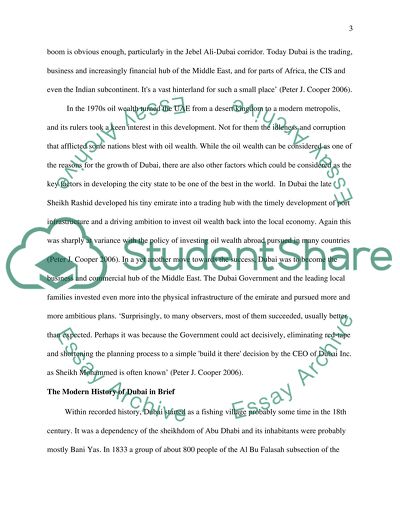Cite this document
(“Dubai Essay Example | Topics and Well Written Essays - 3000 words”, n.d.)
Dubai Essay Example | Topics and Well Written Essays - 3000 words. Retrieved from https://studentshare.org/miscellaneous/1521566-dubai
Dubai Essay Example | Topics and Well Written Essays - 3000 words. Retrieved from https://studentshare.org/miscellaneous/1521566-dubai
(Dubai Essay Example | Topics and Well Written Essays - 3000 Words)
Dubai Essay Example | Topics and Well Written Essays - 3000 Words. https://studentshare.org/miscellaneous/1521566-dubai.
Dubai Essay Example | Topics and Well Written Essays - 3000 Words. https://studentshare.org/miscellaneous/1521566-dubai.
“Dubai Essay Example | Topics and Well Written Essays - 3000 Words”, n.d. https://studentshare.org/miscellaneous/1521566-dubai.


